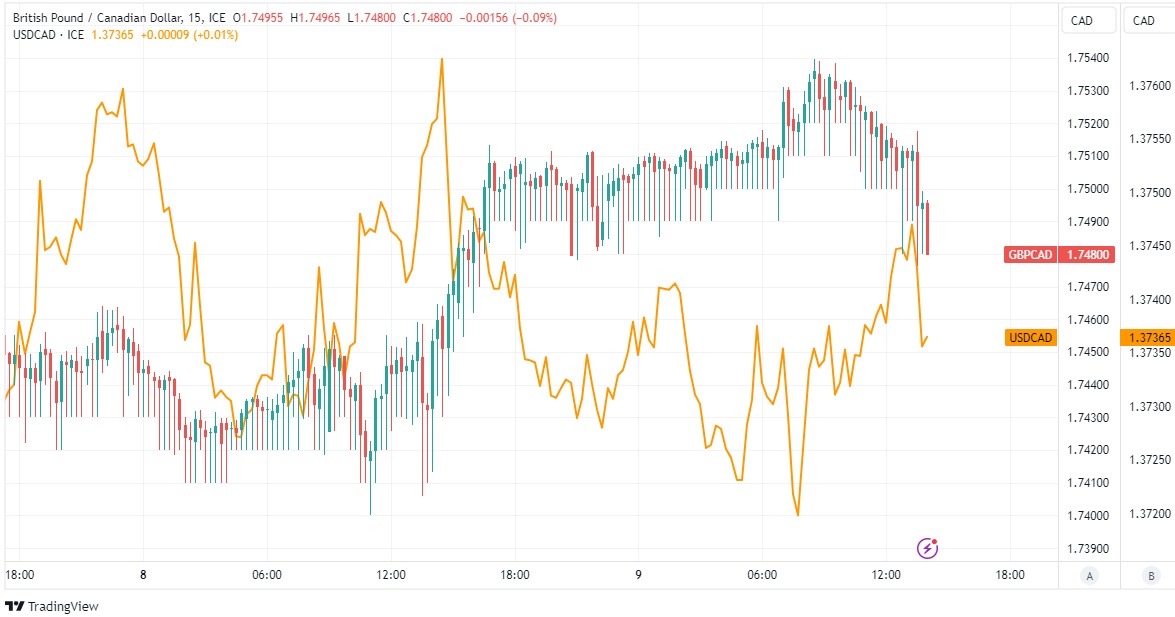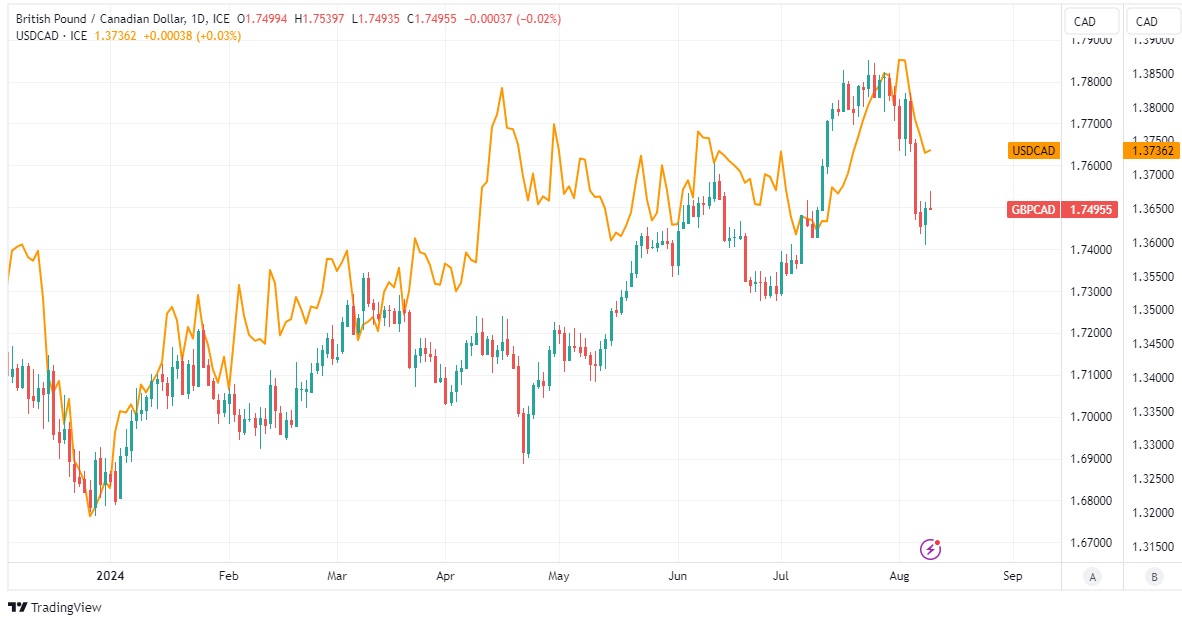 The Canadian Dollar demonstrated strength against the US Dollar and the British Pound on Friday, following the release of Statistics Canada data, which portrayed the local labor market in a favorable light for July. This development potentially alleviates some of the central bank’s concerns regarding employment trends.
The Canadian Dollar demonstrated strength against the US Dollar and the British Pound on Friday, following the release of Statistics Canada data, which portrayed the local labor market in a favorable light for July. This development potentially alleviates some of the central bank’s concerns regarding employment trends.
According to the data, employment in Canada fell by 2.8k in July, marking a further decline from June and missing the consensus expectation of a 22.5k increase. Despite this, the unemployment rate remained steady at 6.4%, contrary to predictions of a rise to 6.5%. Notably, all job losses reported were within the part-time employment sector.
Economists at CIBC Capital Markets observed that last month’s Bank of Canada policy decision minutes highlighted increasing concern about the labor market’s condition. They noted that the latest data does little to alleviate these concerns, even though the jobless rate remained unchanged. They also projected that the Bank of Canada might reduce interest rates by 25 basis points in each of its three remaining policy decisions this year.
Full-time Employment and Wage Growth Trends
The data also revealed robust growth in full-time employment, which saw an increase of 61.6k, almost fully counterbalancing the 64.4k decline in part-time employment. Furthermore, average hourly wage growth moderated to 5.2% year-over-year, down from 5.6%.

The sustained growth in full-time employment and stable unemployment rates suggest that the Bank of Canada might be less concerned about the labor market’s health, potentially making a rate cut in September less likely. However, the significant decrease in part-time employment and the continued moderation of wage growth also indicate that the labor market no longer poses the inflation risk it was previously perceived to be.
Monetary Policy Implications
Given these factors, the data also supports the argument for the Bank of Canada to continue easing its monetary policy through gradual reductions in the cash rate, which was lowered to 4.5% in July. Overnight index swap rates on Friday implied that the cash rate is likely to fall to 3.75% by the end of the year, suggesting expectations of rate cuts at each of the Bank of Canada’s remaining meetings this year.

Following the release of the employment report, the Canadian Dollar edged higher against the US Dollar, while the GBP/CAD pair moved back toward support at the 38.2% Fibonacci retracement of the April rally, around 1.7485.
Technical Analysis and Market Outlook
Scotiabank’s chief FX strategist, Shaun Osbourne, noted that the British Pound’s break above long-term trend resistance, now acting as support at 1.7300, suggests that corrective dips for the Pound remain attractive technical buy opportunities. He added that short-term counter-trend corrections into the 1.7350/1.7450 range should find strong support, based on a recent analysis of Canadian Dollar charts conducted in early August.
In summary, the latest employment data has painted a mixed picture of the Canadian labor market. While full-time employment is on the rise and unemployment remains steady, the decline in part-time jobs and slowing wage growth suggest that the market is not as strong an inflation driver as it once was. Consequently, the Bank of Canada may continue to adjust its monetary policy to reflect these evolving conditions, impacting both interest rates and the Canadian Dollar’s performance in the forex market.




